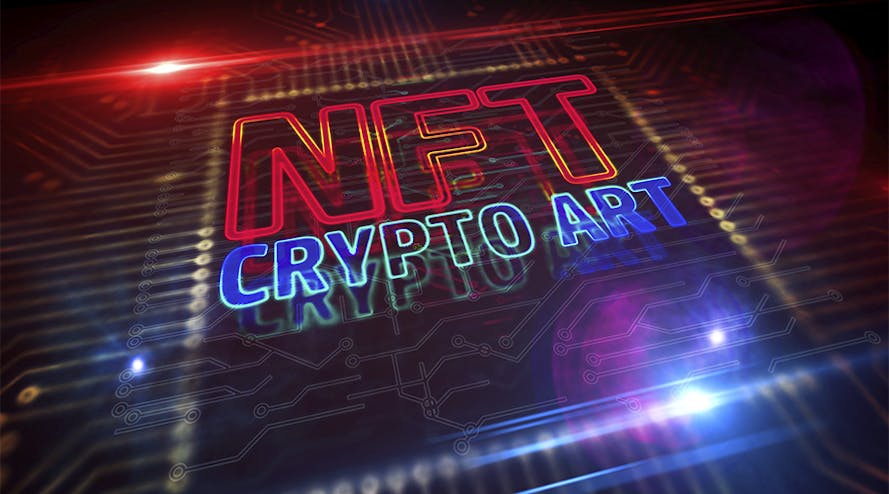
The crypto wave has had a huge impact on the world already, and one of its biggest consequences was the sudden rise in interest in non-fungible tokens or NFTs earlier this year. NFTs are essentially units of data stored on a blockchain that can verify ownership of digital assets, and therefore these tokens became all the rage across various sectors, especially in entertainment. The digital artist Beeple shocked the world in March when he sold his collage “Everydays” at Christie’s for $69 million as an NFT, and this marked just one of the highs in this trend. The NBA’s Top Shot virtual trading card platform also saw millions in sales, while several prominent celebrities and artists all launched their own NFTs to cash in on this boom, which seemed like having the potential to change the way the digital economy worked. However, it seems as though the market has been on a downswing for a while now. Even at the time Beeple made his record sale, the total volume of NFT sales had begun to drop. The weekly trade volume of NFTs peaked at nearly $200 million in the last week of February, fueled by $125 million worth of activity on NBA Top Shot. Since then, the market is down on every metric. Early in June, there were just $35 million worth of NFT sales, while the number of people using NFT marketplaces was down by 80%, from a peak of 650,000 to around 128,000 now.
One of the biggest reasons for this rise and subsequent fall is the crypto rally. With crypto prices have gone up by as high as 1700% and even more in some cases since the beginning of 2020, many investors and new entrants were looking for alternative digital assets to back, and NFTs became that asset. The NFT boom has been compared to the explosion in initial coin offerings, or ICOs, back in 2017, which also fell as quickly and initially alarmed market participants and regulators. However, the ICO market is now on a much more even keel and is regularly used to launch promising tokens, suggesting that the NFT market could also soon carve out its own little niche in the wider digital asset economy. One of the main reasons for the sharp drop in the NFT market was a sudden rise and fall in sales of new crypto collectible items called MeeBits — made by the creators of CryptoPunks.
There is also a lot of promise around the resale of NFTs, or the secondary market, with several NFTs averaging a 200% increase in their original sale price when resold. Most NFTs have a royalty mechanism in place so that anywhere between 10-15% of the new sale price goes to the original creator of the NFT, so this is an extremely promising sign and can thus provide a steady source of income for creators. The drop in the NFT market has also coincided with the drop in crypto markets, and the two are definitely linked as well.
NFTs were being treated as speculative assets, much like crypto, and this cooling off suggests that that trend is now over, and thus there can be a more sustainable market for NFTs. They are being considered as a vital part of the move towards virtual and augmented reality environments, and this is just one part of NFTs long-term sustainability and viability. Another potential use of NFTs we may hear more about in the months ahead is music. The likes of Kings of Leon and Steve Aoki have already launched music and albums via NFTs that have proved to be quite successful, and this market is an exciting one, as it gives artists the opportunity to craft customized packages for their most loyal fans, and thus create a regular source of income with no middlemen.
The NFT phenomenon has some issues to resolve before it becomes a widespread method of proving ownership of art and other original content, though. Copyright is a big one. A number of artists and content creators have complained their work is being stolen and sold on as NFTs online. It is important that legal protection is built into the NFT system, giving consumers as well as artists legal options in case things go wrong.
The NFT bubble has burst for now, but this is a good thing for the market, as it will now be able to grow and develop at a much more sustainable pace. We are also likely to see features and use-cases that are more relevant and useful as time passes, and so it can be said that the NFT market is definitely one to keep an eye on for the near future.